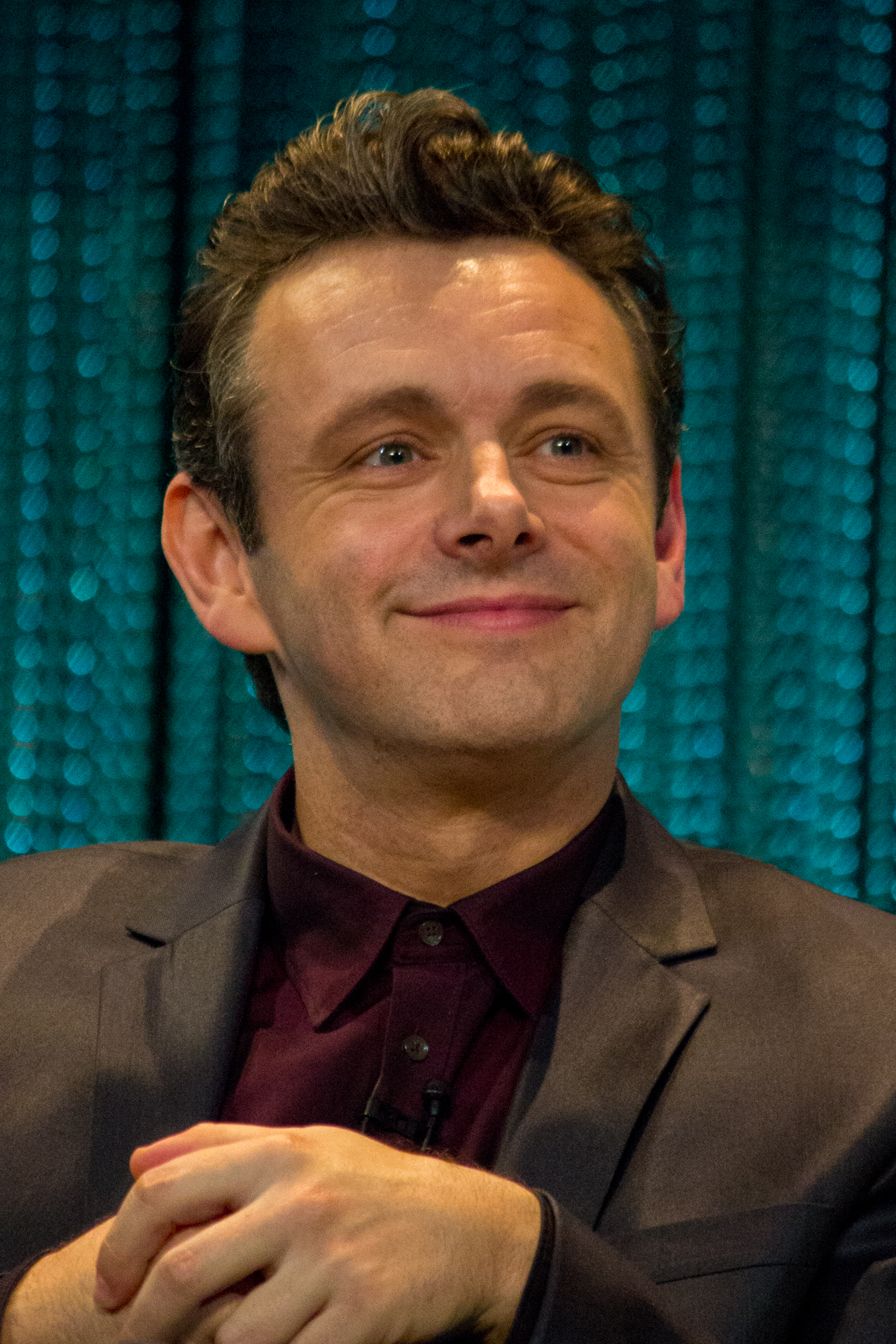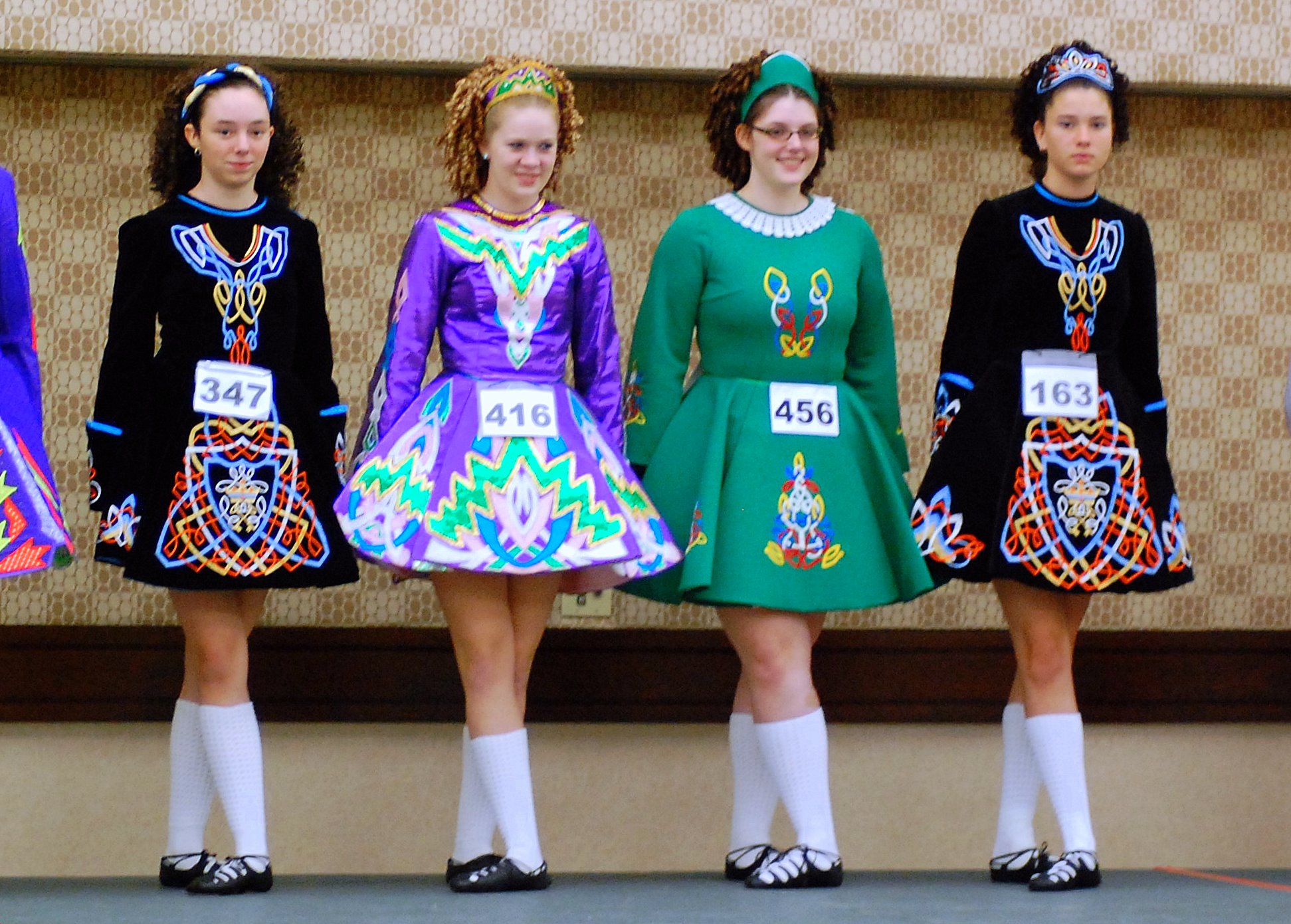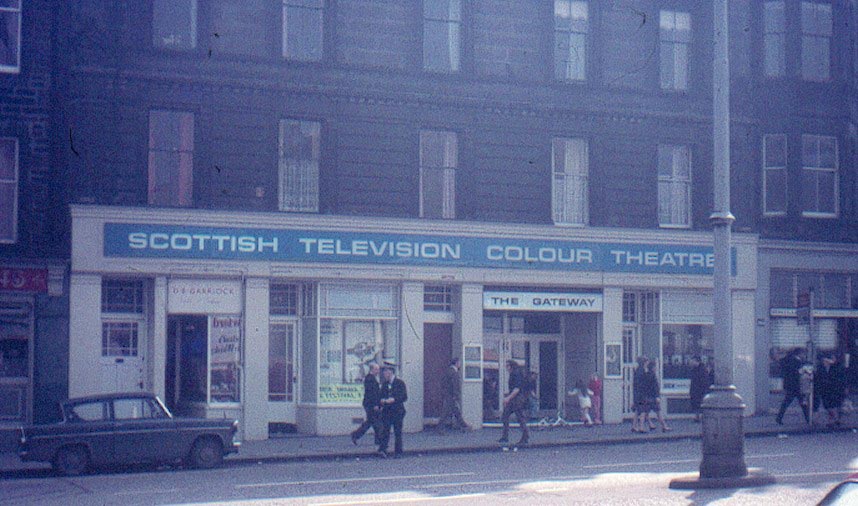|
Kenna Campbell
Kenna Campbell ( gd, Ceana Chaimbeul) (born 21 July 1937) is a Scottish singer, teacher, tradition bearer and advocate for Gaelic language, culture and song. Biography Campbell was born on 21 July 1937 at Greepe, near Roag on the Isle of Skye, into a Crofting family known for their singing and pipe playing. As a child she regularly sang at ceilidhs, and once sang for Dame Flora MacLeod, Chieftain of the MacLeod clan, at Dunvegan Castle. She left Skye for Glasgow, to study for a diploma in primary school teaching at Jordanhill College, and later in her career became Head Teacher at the special needs Newhills School in Easterhouse. While pursuing her career and bringing up her family she continued to sing. Her favoured styles are puirt à beul (mouth music) and òran mór (the Great song). She sang with her sister Mary, and appeared on BBC Scotland and on the Scottish Television show Jigtime. Together with her sister Ann, brother Seumas and guitarist Ian Young she formed a ... [...More Info...] [...Related Items...] OR: [Wikipedia] [Google] [Baidu] |
Member Of The Most Excellent Order Of The British Empire
The Most Excellent Order of the British Empire is a British order of chivalry, rewarding contributions to the arts and sciences, work with charitable and welfare organisations, and public service outside the civil service. It was established on 4 June 1917 by King George V and comprises five classes across both civil and military divisions, the most senior two of which make the recipient either a knight if male or dame if female. There is also the related British Empire Medal, whose recipients are affiliated with, but not members of, the order. Recommendations for appointments to the Order of the British Empire were originally made on the nomination of the United Kingdom, the self-governing Dominions of the Empire (later Commonwealth) and the Viceroy of India. Nominations continue today from Commonwealth countries that participate in recommending British honours. Most Commonwealth countries ceased recommendations for appointments to the Order of the British Empire when they cre ... [...More Info...] [...Related Items...] OR: [Wikipedia] [Google] [Baidu] |
Dunvegan Castle
, native_name_lang =Gaelic , alternate_name = , image = Dunvegan Castle.jpg , image_size = , alt = , caption = The south-west face of the castle , map = , map_type = Scotland Isle of Skye , map_alt = , map_caption = Location of Dunvegan Castle , map_size = , altitude_m = 15 , altitude_ref = , relief = , coordinates = , map_dot_label = , location = Scotland , type = Castle , part_of = Dunvegan , length = , width = , area = , volume = , diameter = , circumference = , height = , depth = , builder = , material = , built = 13th–19th century , abandoned = , epochs = , cultures = , dependency_of = , occupants = Clan MacLeod , event = , discovered = , excavations = , condition = Occupied as a residen ... [...More Info...] [...Related Items...] OR: [Wikipedia] [Google] [Baidu] |
Gaelic Medium Education In Scotland
Gaelic-medium education (G.M.E. or GME; gd, Foghlam tro Mheadhan na Gàidhlig) is a form of education in Scotland that allows pupils to be taught primarily through the medium of Scottish Gaelic, with English being taught as the secondary language. Gaelic-medium education is increasingly popular throughout Scotland, and the number of pupils who are in Gaelic-medium education has risen from 24 in 1985 (its first year) to 5,066 in 2021. The current figure is the highest number of Gaelic-medium education pupils in Scotland since the 2005 passage of the Gaelic Language (Scotland) Act by the Scottish Parliament. Not included in this figure are university students at , Lews Castle College, or who are taking their degrees through the medium of Gaelic. Current provision In 2021, 11,874 pupils in Scotland were receiving some kind of education in Gaelic representing 1.7% of the country's student population. This figure is higher than Scotland's overall proportion of Gaelic speakers whi ... [...More Info...] [...Related Items...] OR: [Wikipedia] [Google] [Baidu] |
Birthday Honours
The Birthday Honours, in some Commonwealth realms, mark the reigning British monarch's official birthday by granting various individuals appointment into national or dynastic orders or the award of decorations and medals. The honours are presented by the monarch or a viceregal representative. The Birthday Honours are one of two annual honours lists, along with the New Year Honours. All royal honours are published in the relevant gazette. History Honours have been awarded with few exceptions on the sovereign's birthday since at least 1860, during the reign of Queen Victoria. There was no Birthday Honours list issued in 1876, which brought "a good deal of disappointment" and even rebuke for the Ministry of Defence. A lengthy article in the ''Broad Arrow'' newspaper forgave the Queen and criticised Gathorne Hardy for neglecting to award worthy soldiers with the Order of the Bath: "With the War Minister all general patronage of this description rests, and if Mr. Hardy has not seen ... [...More Info...] [...Related Items...] OR: [Wikipedia] [Google] [Baidu] |
Order Of The British Empire
The Most Excellent Order of the British Empire is a British order of chivalry, rewarding contributions to the arts and sciences, work with charitable and welfare organisations, and public service outside the civil service. It was established on 4 June 1917 by King George V and comprises five classes across both civil and military divisions, the most senior two of which make the recipient either a knight if male or dame if female. There is also the related British Empire Medal, whose recipients are affiliated with, but not members of, the order. Recommendations for appointments to the Order of the British Empire were originally made on the nomination of the United Kingdom, the self-governing Dominions of the Empire (later Commonwealth) and the Viceroy of India. Nominations continue today from Commonwealth countries that participate in recommending British honours. Most Commonwealth countries ceased recommendations for appointments to the Order of the British Empire when they ... [...More Info...] [...Related Items...] OR: [Wikipedia] [Google] [Baidu] |
The Deal (2003 Film)
''The Deal'' is a 2003 British television film that depicts the Blair-Brown deal—a well-documented pact that Tony Blair and Gordon Brown made whereby Brown would not stand in the 1994 Labour leadership election, so that Blair could have a clear run at becoming leader of the party and later as Prime Minister. The film begins in 1983, as Blair and Brown are first elected to Parliament, and ended in 1994 at the Granita restaurant—the location of the supposed agreement—with a brief epilogue following the leadership contest. The film was directed by Stephen Frears from a script by Peter Morgan, based in part upon ''The Rivals'' by James Naughtie. The film stars David Morrissey and Michael Sheen as Brown and Blair. It was first proposed by Morgan in late 2002 and was taken on by Granada Television for ITV. After Frears agreed to direct, and the cast were signed on, ITV pulled out of it over fears that the political sensitivity could affect its corporate merger. Channel 4 pic ... [...More Info...] [...Related Items...] OR: [Wikipedia] [Google] [Baidu] |
John Smith (Labour Party Leader)
John Smith (13 September 1938 – 12 May 1994) was a British Labour Party politician who served as Leader of the Opposition and Leader of the Labour Party from July 1992 until his death from a heart attack in May 1994. He was also the Member of Parliament (MP) for Monklands East. Smith first entered Parliament in 1970 and, following junior ministerial roles as Minister of State for Energy (1975–1976) and Minister of State for the Privy Council Office (1976–1978), he entered the Cabinet towards the end of James Callaghan's tenure as Prime Minister, serving as Secretary of State for Trade and President of the Board of Trade (1978–1979). During Labour's time in Opposition to Margaret Thatcher's Conservative government, he rose through the Shadow Cabinet, serving as Shadow Secretary of State for Trade (1979–1982), Shadow Secretary of State for Energy (1982–1983), Shadow Secretary of State for Employment (1983–1984), Shadow Secretary of State for Trade and Indust ... [...More Info...] [...Related Items...] OR: [Wikipedia] [Google] [Baidu] |
Waulking Song
Waulking songs ( gd, Òrain Luaidh) are Scottish folk songs, traditionally sung in the Gaelic language by women while fulling (waulking) cloth. This practice involved a group of women, who traditionally prepared cloth, rhythmically beating newly woven tweed or tartan cloth against a table or similar surface to lightly felt it and shrink it to better repel water. Simple, beat-driven songs were used to accompany the work. A waulking session often begins with slow-paced songs, with the tempo increasing as the cloth becomes softer. As the singers work the cloth, they gradually shift it to the left so as to work it thoroughly. A tradition holds that moving the cloth anticlockwise is unlucky. Typically one person sings the verse, while the others join in the chorus. As with many folk music forms, the lyrics of waulking songs are not always strictly adhered to. Singers might add or leave out verses depending on the particular length and size of tweed being waulked. Verses from ... [...More Info...] [...Related Items...] OR: [Wikipedia] [Google] [Baidu] |
Feis
A () or () is a traditional Gaelic arts and culture festival. The plural forms are () and (). The term is commonly used referring to Irish dance competitions and, in Scotland, to immersive teaching courses, specialising in traditional music and culture. In Scottish Gaelic, the accent is important because there is a difference of meaning and pronunciation between and — the word means sexual intercourse. History In Ancient Ireland communities placed great importance on local festivals, where Gaels could come together in song, dance, music, theatre and sport. The largest of these was the , the great festival at Tara, which was then the city of Ireland's , or " High King". These feiseanna were a rich opportunity for storytellers to reach a large audience, and often warriors would recount their exploits in combat, clansmen would trace family genealogies, and bards and balladeers would lead the groups in legends, stories, and song. These gatherings eventually gave ris ... [...More Info...] [...Related Items...] OR: [Wikipedia] [Google] [Baidu] |
Barra
Barra (; gd, Barraigh or ; sco, Barra) is an island in the Outer Hebrides, Scotland, and the second southernmost inhabited island there, after the adjacent island of Vatersay to which it is connected by a short causeway. The island is named after Saint Finbarr of Cork. In 2011, the population was 1,174. Gaelic is widely spoken, and at the 2011 Census, there were 761 Gaelic speakers (62% of the population). Geology In common with the rest of the Western Isles, Barra is formed from the oldest rocks in Britain, the Lewisian gneiss, which dates from the Archaean eon. Some of the gneiss in the east of the island is noted as being pyroxene-bearing. Layered textures or foliation in this metamorphic rock is typically around 30° to the east or northeast. Palaeoproterozoic age metadiorites and metatonalites forming a part of the East Barra Meta-igneous Complex occur around Castlebay as they do on the neighbouring islands of Vatersay and Flodday. A few metabasic dykes intr ... [...More Info...] [...Related Items...] OR: [Wikipedia] [Google] [Baidu] |
Scottish Television
Scottish Television (now, legally, known as STV Central Limited) is the ITV network franchisee for Central Scotland. The channel — the largest of the three ITV franchises in Scotland — has been in operation since 31 August 1957 and is the second-oldest franchise holder in the UK that is still active (the oldest being Granada Television). STV Central broadcasts from studios at Pacific Quay in Glasgow and is owned and operated by STV Group (formerly SMG plc), which also owns the Northern Scotland franchise, Grampian Television (now STV North), based in Aberdeen. It produces news for the west and east halves of its transmission region ('' STV News at Six'') along with current affairs and feature programming for Northern and Central Scotland. Along with STV North and ITV Border, STV Central is a commercial rival to the publicly funded national broadcaster, BBC Scotland. History Scottish Television was founded by Canadian newspaper magnate Roy Thomson (later Lord Thoms ... [...More Info...] [...Related Items...] OR: [Wikipedia] [Google] [Baidu] |
BBC Scotland
BBC Scotland (Scottish Gaelic: ''BBC Alba'') is a division of the BBC and the main public broadcaster in Scotland. It is one of the four BBC national regions, together with the BBC English Regions, BBC Cymru Wales and BBC Northern Ireland. Its headquarters are in Glasgow, it employs approximately 1,250 staff as of 2017, to produce 15,000 hours of television and radio programming per year. Some £320 million of licence fee revenue is raised in Scotland, with expenditure on purely local content set to stand at £86 million by 2016–17. The remainder of licence fee revenue raised in the country is spent on networked programmes shown throughout the UK. BBC Scotland operates television channels such as the Scottish variant of BBC One, the BBC Scotland channel and the Gaelic-language channel BBC Alba, and radio stations BBC Radio Scotland and Gaelic-language BBC Radio nan Gaidheal. History The first radio service in Scotland was launched by the British Broadcasting ... [...More Info...] [...Related Items...] OR: [Wikipedia] [Google] [Baidu] |





